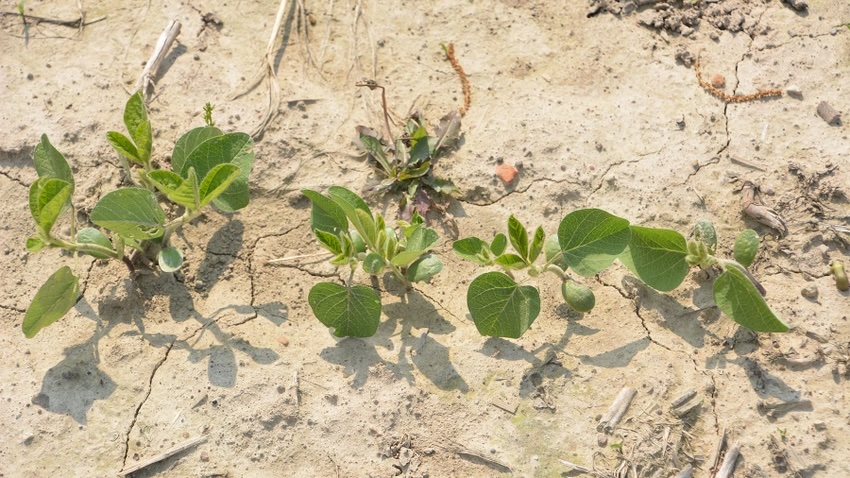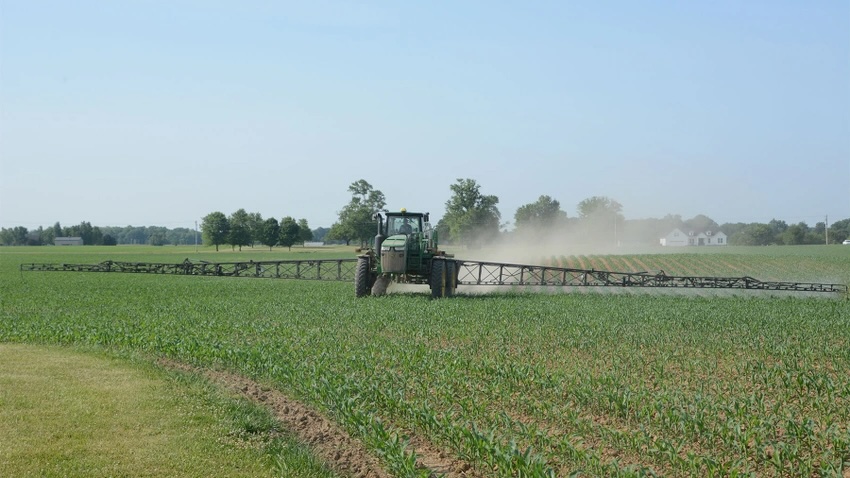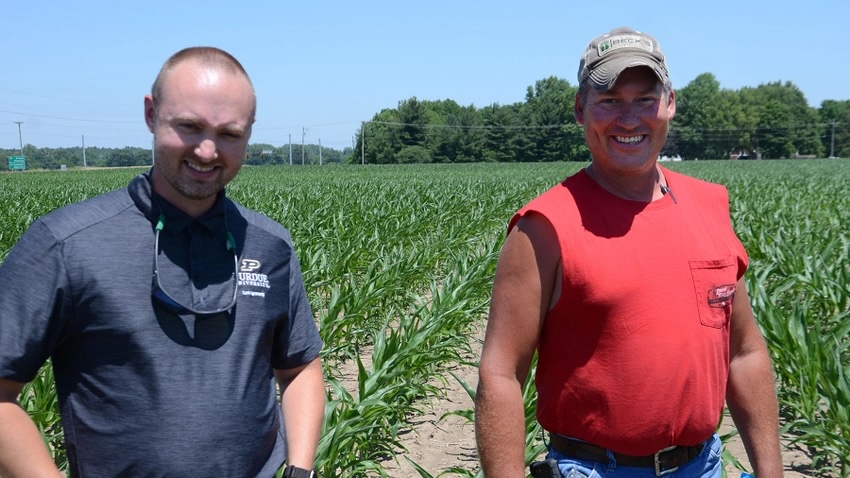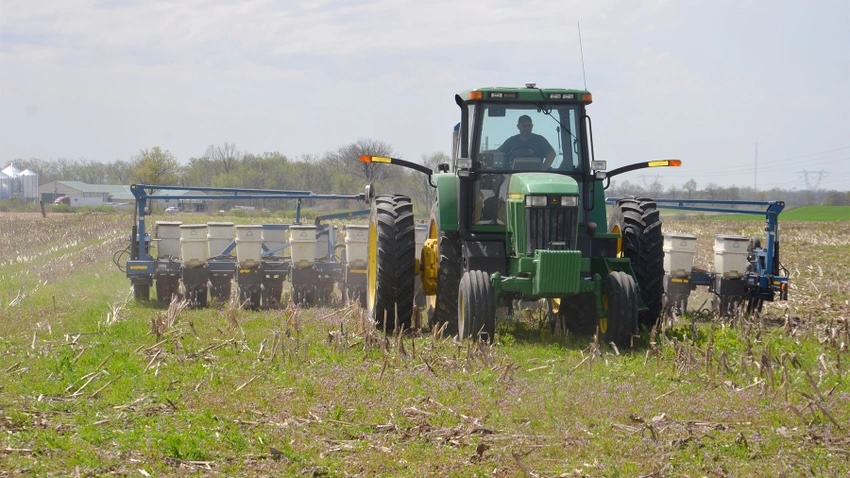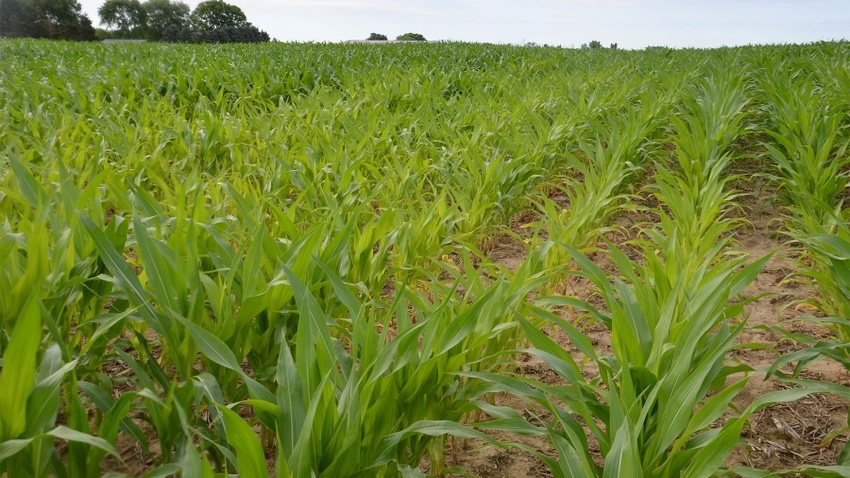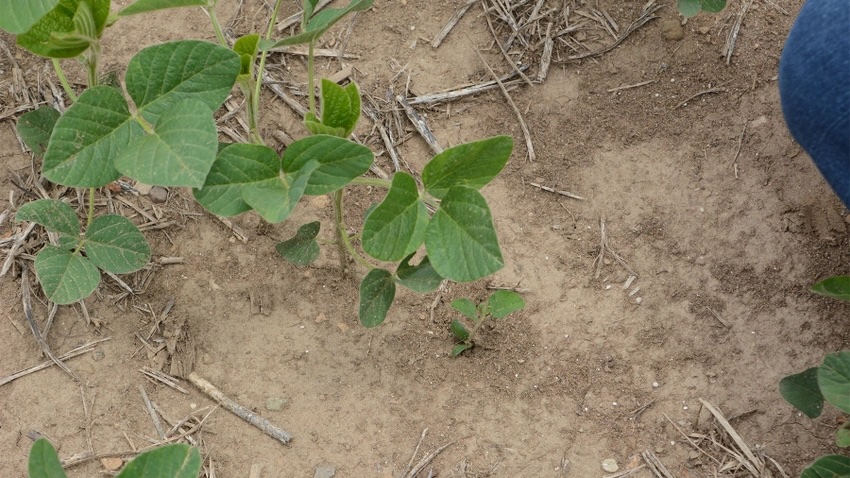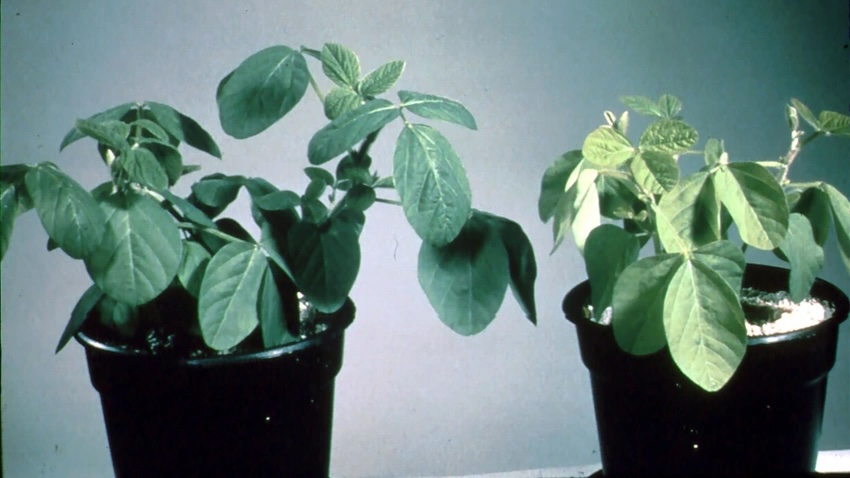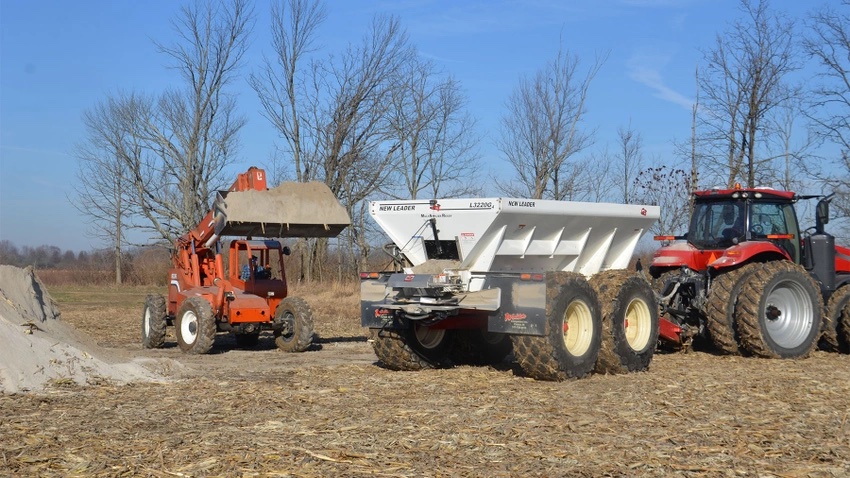Remember cropping basics before trying 'miracle product'
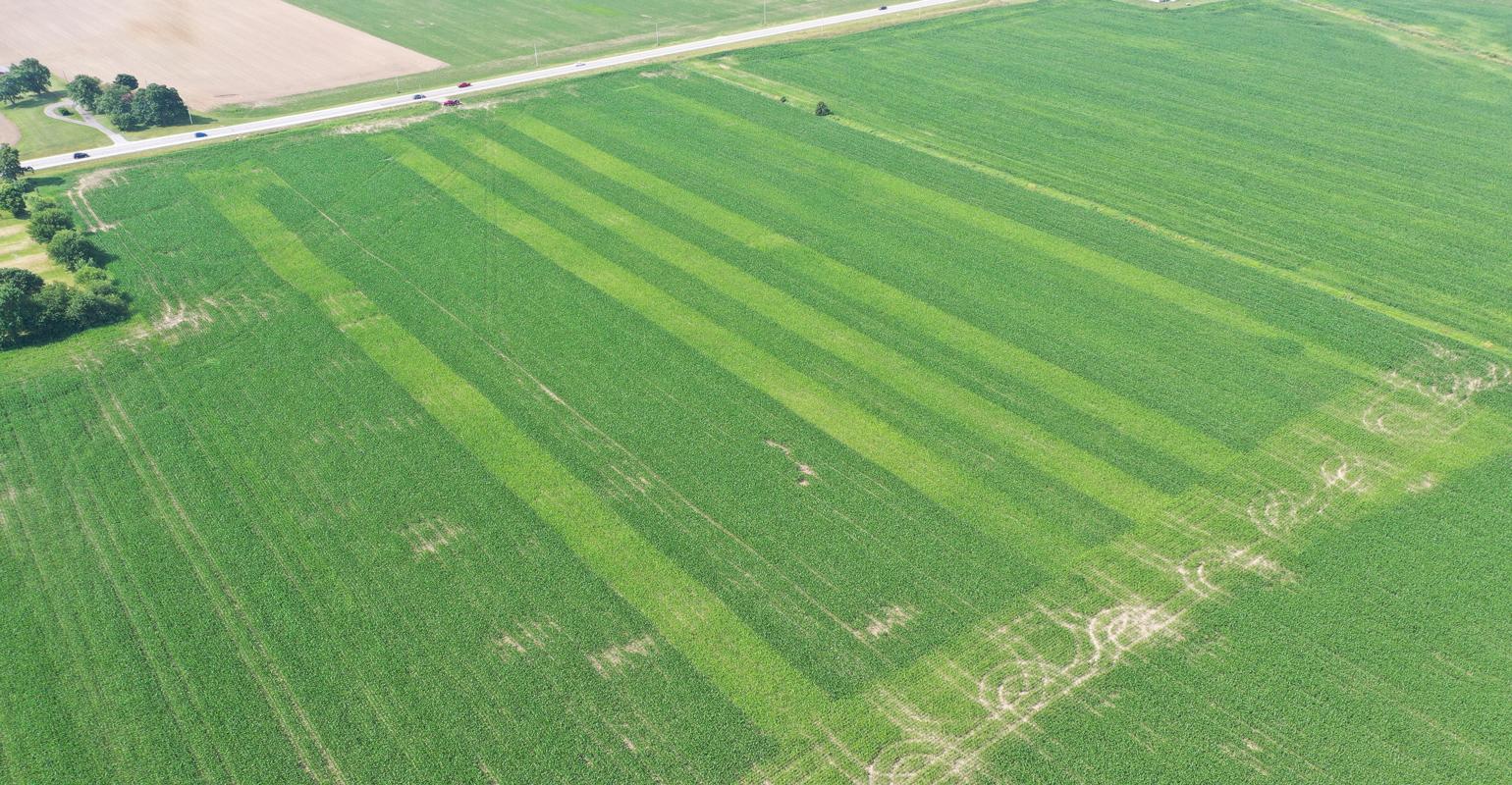
Corn Corner: Cover your agronomic bases before investing in products you haven't tried.
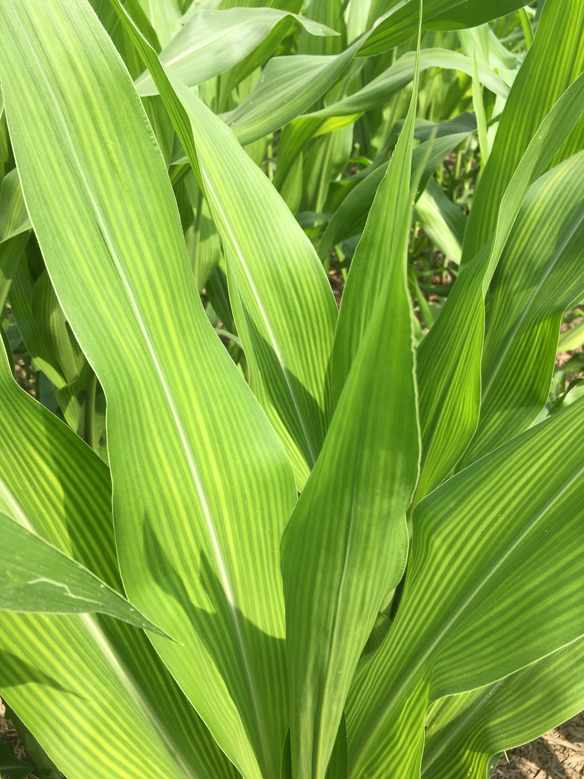 TAKE CARE OF BASICS: This corn plant shows sulfur deficiency. Take care of basic needs before investing in other products, agronomists say.
TAKE CARE OF BASICS: This corn plant shows sulfur deficiency. Take care of basic needs before investing in other products, agronomists say.
Mar 05, 2020
Salespeople say a product can add 5 bushels, another adds 4, another 7. If we can only afford to try one or add one new fertilizer ingredient, what would you suggest? We’ve just been applying nitrogen, phosphorus and potassium to meet soil test recommendations.
The Indiana certified crop advisers answering this question are Gene Flaningam, Flaningam Ag Consulting, Vincennes; Greg Kneubuhler, G&K Concepts Inc., Harlan; and Bryan Overstreet, Jasper County Extension ag educator.
Flaningam: Corn can greatly benefit from row starter. Look at an in-furrow, low-salt fertilizer or a commercial grade product applied 2 inches away from the seed. The addition of sulfur would benefit both your corn and soybean crops. Low organic matter soils will benefit more from sulfur. Boron application on those low organic matter soils will also benefit corn and soybeans. You can foliar-apply trace elements. There is only a short-term benefit to foliar fertilizers versus commercially applied dry products that last longer.
Kneubuhler: If I had a nickel for every time someone asked me this question, I could take a month off! Let’s be real. If we all used everything that was sold to us that added 5 bushels here, 4 there and 7 over there, we should all raise 350-bushel corn. However, we all know it doesn’t work that way. Most things we try rarely respond until your basic and essential agronomy is taken care of. This includes calcium and magnesium, P, K, soil structure and soil health. It’s only then that these “products” really respond.
It boggles my mind how people try a 5-bushel “fix it” product and ignore the very basics of lime or potassium, for example, which may have a yield impact of 25 bushels per acre. My suggestion is a “prove it” approach. That’s what we do in our business and will continue to do. We continually test products to find out their worth or need. I’d encourage you to do the same, but don’t overlook foundation agronomy first.
 TAKE CARE OF BASICS: This corn plant shows sulfur deficiency. Take care of basic needs before investing in other products, agronomists say.
TAKE CARE OF BASICS: This corn plant shows sulfur deficiency. Take care of basic needs before investing in other products, agronomists say.Overstreet: Have you had any tissue tests done in the past? If so, did samples show deficiencies or lower levels of any specific nutrient? Focus on that nutrient if there was a deficiency. If you haven’t tested, I suggest doing some this summer to help guide you in the future. Without samples, it may be a shot in the dark.
We’ve seen response to sulfur in fertilizer mixes in many parts of the state. Sulfur has generally shown a response on sandier soils, but we’re starting to see responses in places we didn’t see a response before. We once got it free every time it rained, but due to cleaning up fuels and coal-fired power plants, we don’t have that benefit anymore.
If I didn’t have samples to go by, I would consider adding that nutrient. I and a few other Extension educators will be working with Jim Camberato with the Purdue University Agronomy Department to look at boron levels in corn this summer across the state to see if this is getting to be a statewide issue also.


